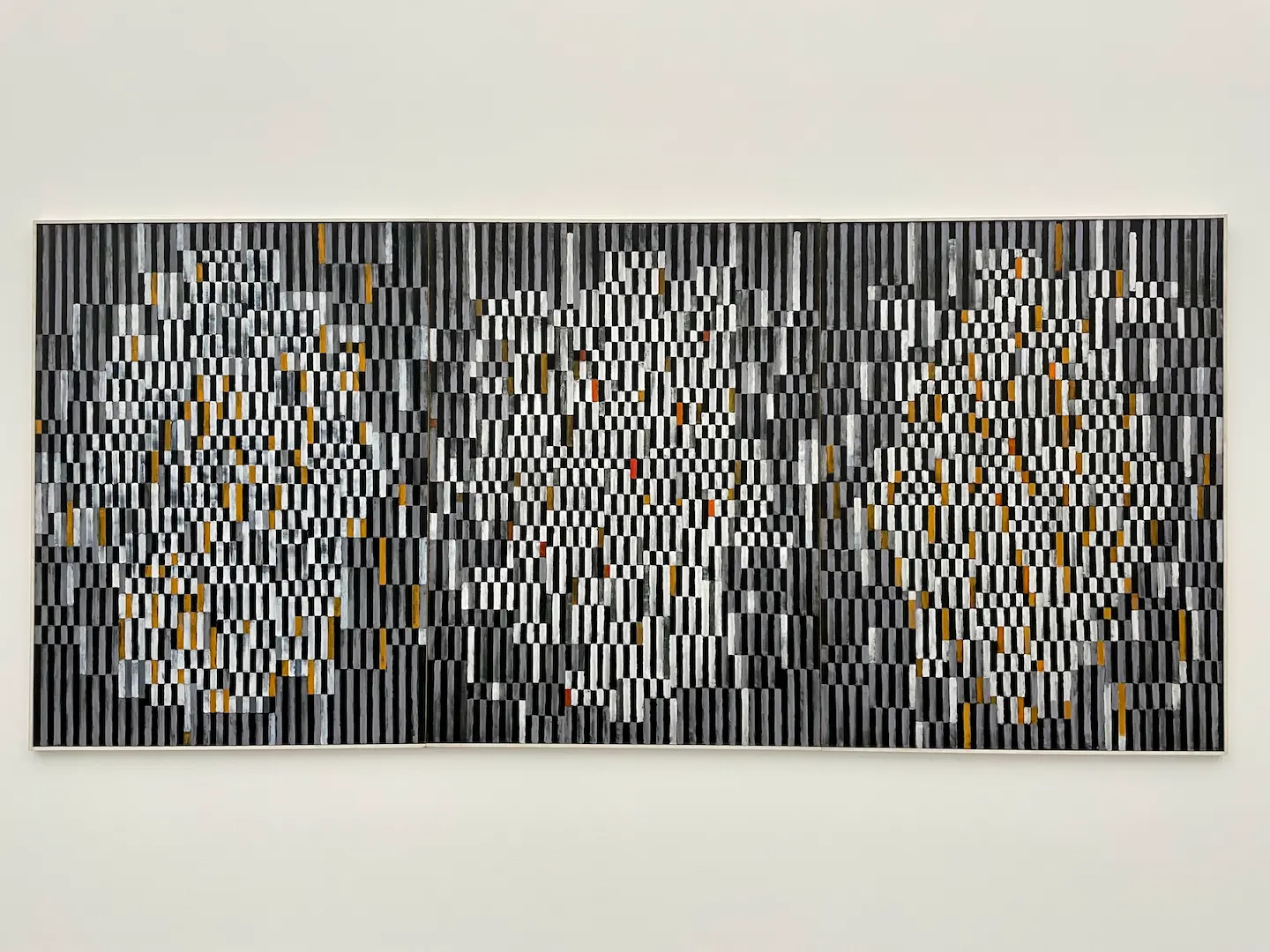Slay the multichannel dragon with a headless CMS
Struggling with a slow, rigid CMS? Consider switching to a headless CMS for flexibility and customization, designed for the modern multichannel world.

A headless CMS (content management system) has no built-in front-end functionality and instead, it provides an API (application programming interface) for developers to access the content and display it on the front-end using their own code. This means that the front-end can be built using any language, framework, or platform that can connect to the API, making it more flexible and decoupled from the CMS.
Headless
The term "headless" comes from the fact that the CMS has no "head" (i.e. no built-in front-end) and instead, it focuses on providing an API for managing the content.
Headless CMSs are becoming increasingly popular because they allow for more flexibility and scalability, as the front-end can be built using any technology, separate from the CMS. This also enables the use of multiple front-end channels like web, mobile, smart devices, and even voice assistants. It also allows for better performance and personalization, as the front-end can be optimized for specific devices or contexts without being constrained by the CMS.
This is different from traditional or monolithic CMSs, which usually have a built-in front-end that is tightly integrated with the content management functionality. This can make it more difficult to customize the front-end or to use multiple front-end channels.
In a headless CMS, the backend and the frontend are connected, but they’re connected by an application programming interface (API) instead.
Please keep in mind that Headless CMSs are not the best solution for all use cases, it is especially useful for those who want more flexibility and scalability in their web or mobile application and also for those who want to create personalized experiences.
Headless CMS vendors and products
Here is an overview of vendors of headless CMS products.
- Agility CMS: a flexible and powerful headless CMS that offers a wide range of features for managing and delivering content, including support for multiple languages and teams.
- Caisy: Next generation headless CMS that enables you to manage and create content for all devices.
- Contentful: a headless CMS that offers a wide range of tools for managing and delivering content across multiple platforms.
- Kentico Kontent: Kentico Kontent is a headless CMS that provides a complete set of tools for managing and delivering content across multiple channels and platforms.
- Kontent.ai: a content management system (CMS) that uses artificial intelligence (AI) and machine learning to help users create, manage, and optimize digital content.
- NetlifyCMS: Open source, git-based, headless CMS that works with static site generators.
- Strapi: A headless CMS that allows developers to create websites, mobile applications, eCommerce sites, and APIs without knowing any backend or database programming. It is an open-source, Node.js based, and free-to-use service for developers. Strapi is a content management system (CMS) that provides backend-only functionalities, making content accessible through a GraphQL or REST API and displayable on any device possible.
- Wagtail: Wagtail CMS is an open-source content management system (CMS) built for the Django web framework and powered by Python.
Example: Ghost, a headless CMS
This blog is build on Ghost. Ghost is an open-source, node.js based headless CMS that is designed to be easy to use, customizable and efficient.
Ghost allows users to create, manage and organize content using its built-in editor, and it exposes the content through a RESTful API, which can be consumed by any front-end technology or framework. Ghost also uses markdown for formatting and it has built-in SEO features.
Headless CMSs like Ghost allow developers to decouple the content management system from the front-end presentation layer, which can be beneficial in many situations. It can increase development speed, improve scalability, and make it easier to create personalized, dynamic and responsive user experiences.
In my case I can decide to change the full layout and design directly.




